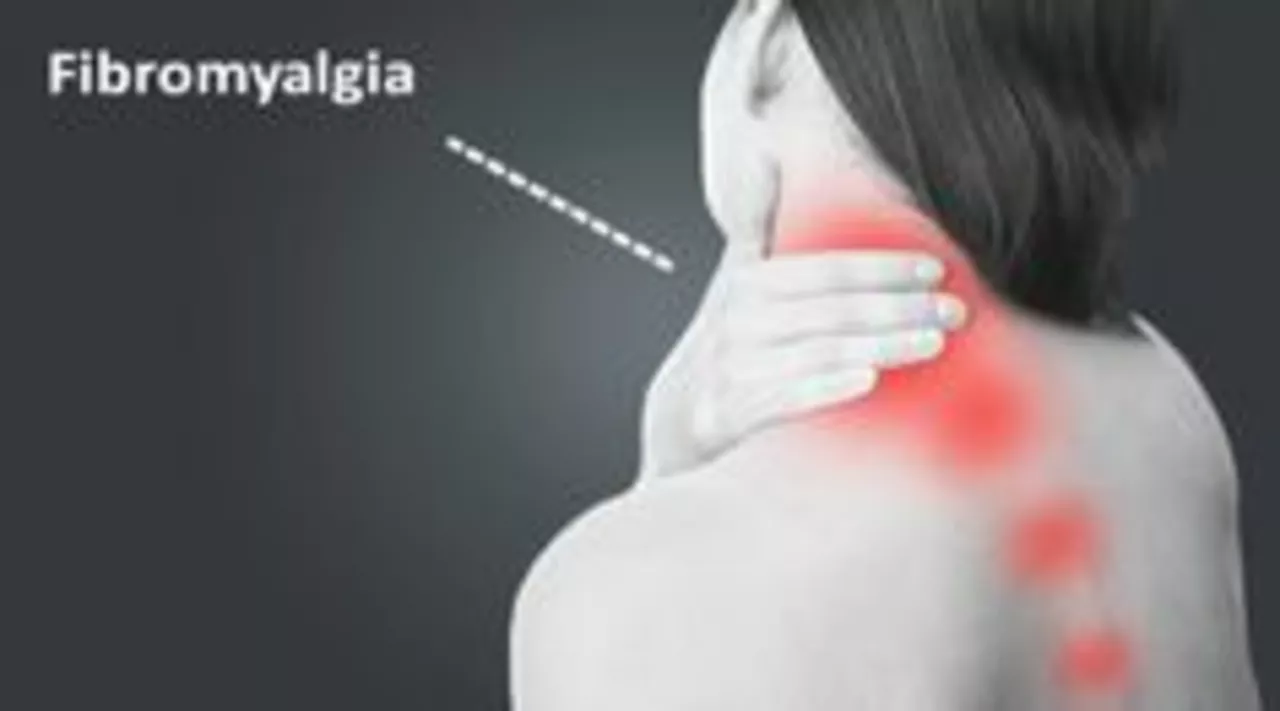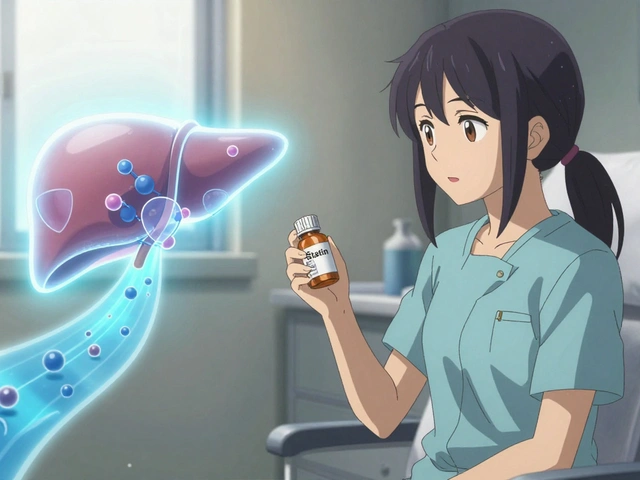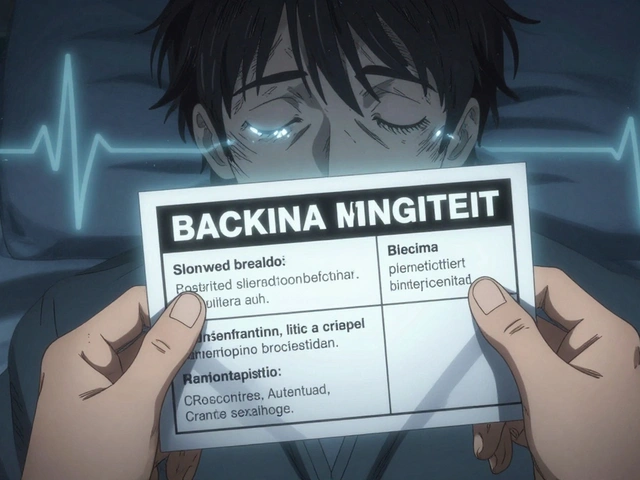Treating Young Patients: What You Need to Know
When it comes to treating kids and young patients, things aren’t always the same as with adults. Kids react differently to medications, and their bodies can require special care and attention. Whether you’re a parent, caregiver, or healthcare provider, knowing the right approach is key. This guide breaks down what you should keep in mind when it comes to the health and treatment of the younger ones.
Why Treating Kids Is Different
Children aren't just small adults – their bodies handle medicines and illnesses in unique ways. Dosages need to be precise, often based on weight, and even common drugs can have different effects. For example, an anti-inflammatory medication like Etodolac, often used in adults for pain relief, may require careful consideration before being given to kids. Understanding these differences helps avoid unwanted side effects and makes treatments more effective.
Practical Tips to Keep Your Young Patients Safe
First off, always double-check the medication names and doses. Mistakes happen easily with kids because doses are smaller and measuring can be tricky. Use proper tools like oral syringes instead of regular spoons. Keep medicines out of reach to prevent accidental overdoses.
Communicate clearly with kids in a way they can understand, so they’re less scared and more cooperative. Tell them why the medicine is needed and how it will help. This can really ease their worries and improve the treatment experience.
Lastly, watch for side effects and unusual changes. Kids may have trouble expressing if something feels wrong, so keep a close eye on their behavior and report any concerns to a doctor promptly.
Treating young patients is a sensitive task but knowing what to expect and how to handle common situations makes all the difference. With the right info and care, kids can recover safely and comfortably. Always trust a healthcare professional’s advice and never hesitate to ask questions about your child’s treatment plan.

Fibromyalgia and Children: Recognizing and Treating Symptoms in Young Patients
As a blogger, I recently delved into the topic of fibromyalgia in children. It's essential to recognize and treat symptoms in young patients as early as possible, as this chronic pain disorder can significantly impact their daily lives. Understanding the common symptoms such as widespread pain, fatigue, and cognitive difficulties can help parents and medical professionals identify fibromyalgia in children. Treatment options typically include a combination of medication, physical therapy, and lifestyle changes to help manage the condition. Supporting our children with fibromyalgia is crucial in ensuring they can lead fulfilling lives despite the challenges they may face.
Continue Reading



